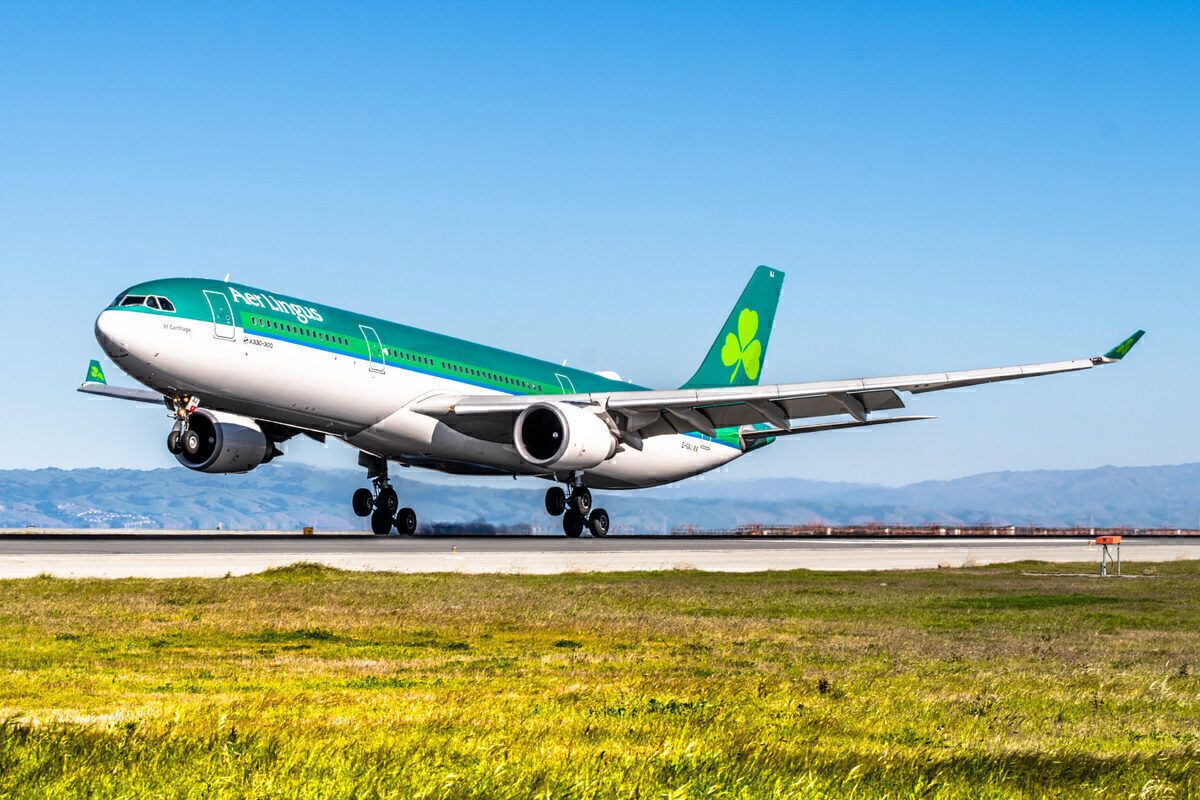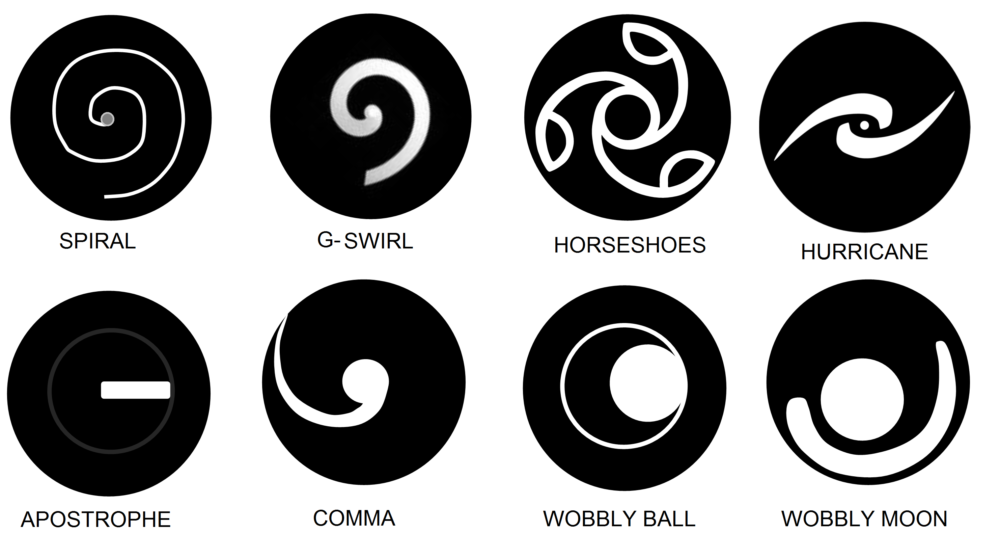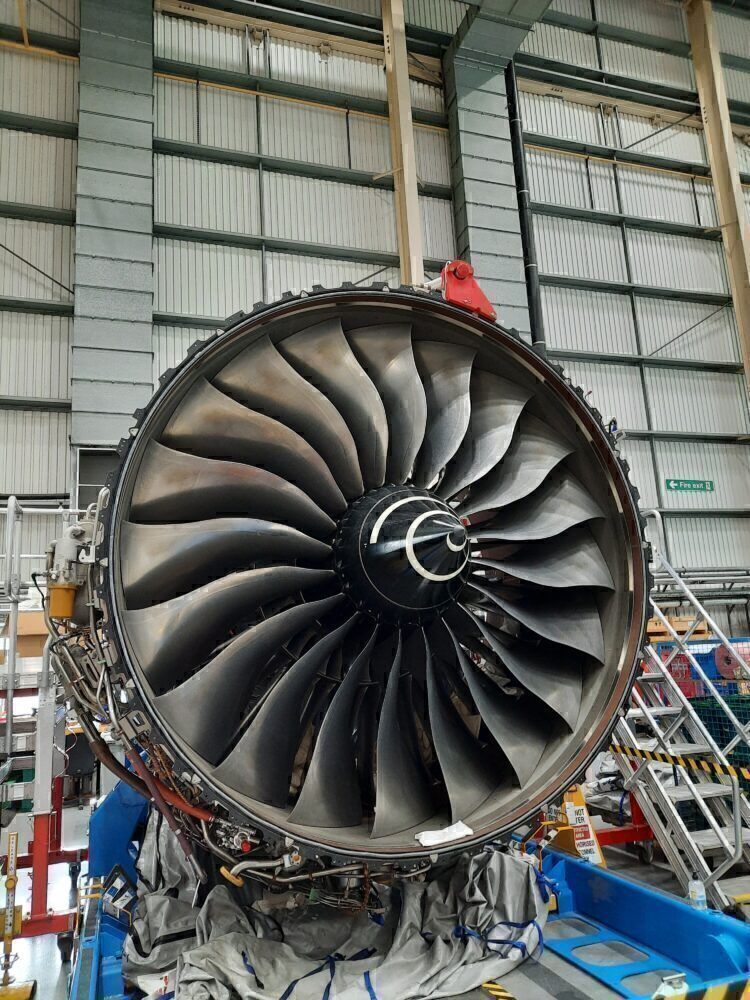Upon examining contemporary turbofan engines, you will often see a spiral design painted in the center. While visually striking, these are not just for appearance. Indeed, they serve several practical purposes. But what exactly are these?
Painting spirals
Most modern turbofan engines have white spiral designs painted at the center of their spinners. There is no industry standard or legal requirement for these, and designs vary between manufacturers and airlines. As such, they are not present on all engines - indeed, many Embraer aircraft, for example, often do not have them.
There are many different designs in use, and they can vary by different thicknesses of the spiral. Other common patterns are comma or apostrophe symbols, balls, and even a hurricane symbol in use by Philippine Airlines. It is not just modern jet aircraft that use these. There have been spiral designs on several earlier aircraft, including German Junkers and Messerschmitt fighters.
Stay informed: Sign up for our daily aviation news digest.
There are two main reasons why spinners feature such extravagant designs. They show crew members when the blades are stationary, and also help keep birds away from the engines.
Alerting people to an active engine
Staying away from a running jet engine is very important in airfield safety. Even a smaller engine at idle has a hazard zone of up to three meters, or 10 feet. Within this radius, there is the risk of objects being sucked into the engine. Larger engines or those with greater power increase this hazard zone.
Of course, a running engine makes a lot of noise, which helps alert ground crew to its presence. However, with such staff often wearing ear defenders, the spiral helps to provide an additional, visual clue as to its operational status. Being able to see when an engine is running is important, but not always easy. When spinning at speed, the blades become translucent. Adding a distinct white spiral to the center creates a more visible target, especially in low light or dark conditions.
Keeping birds away
The other reason cited for adding spirals is to help prevent bird strikes. Bird ingestion into aircraft is a dangerous and expensive problem. At worst, these can lead to crashes, but these are fortunately rare. More commonly, they lead to diversions or emergency landings. While few strikes directly lead to aircraft accidents, the estimated annual cost of damage from these, according to the University of Nebraska, is $400 million in the US, and $1.2 billion worldwide.
Keeping birds away, from the engine, especially during taxi, take-off, and landing is very important. And the white spiral is thought to help with this. Without a spiral, the engine would appear as a black circle or hole. The spiral creates a white circle that birds, with better detection of motion than us, will avoid.
Rolls-Royce claims in a 2004 brochure covering ‘a century of aviation’ that:
"Our aerospace engines have swirls painted onto their spinners in order to indicate when the engine is rotating while on the ground. In flight these swirls flicker as the engine rotates at high speed, scaring birds and allowing them to fly clear of the engine."
There is, however, little real evidence to support this. Some doubt its effectiveness, although there have been studies into the matter. These include a year-long study by ANA in 1986 (reported in the New York Times), which found evidence of a reduction in strikes when using spirals.




